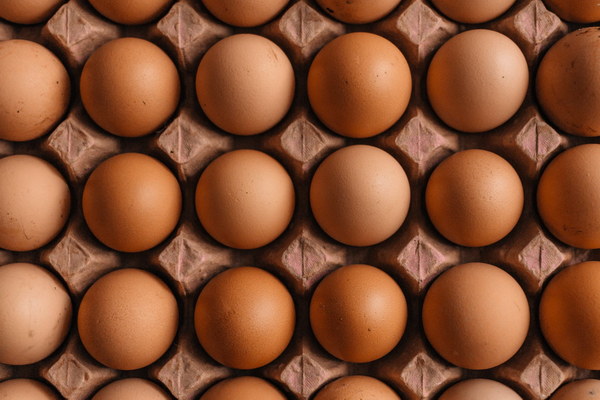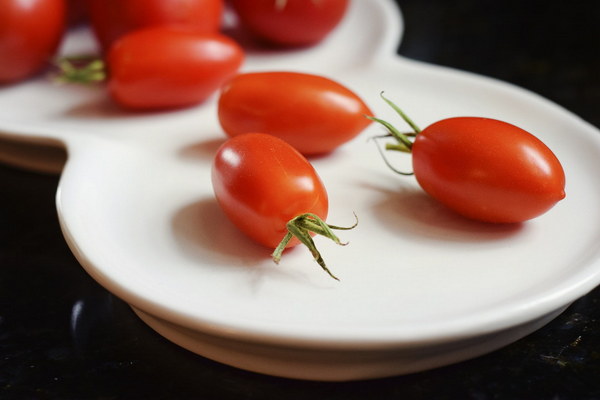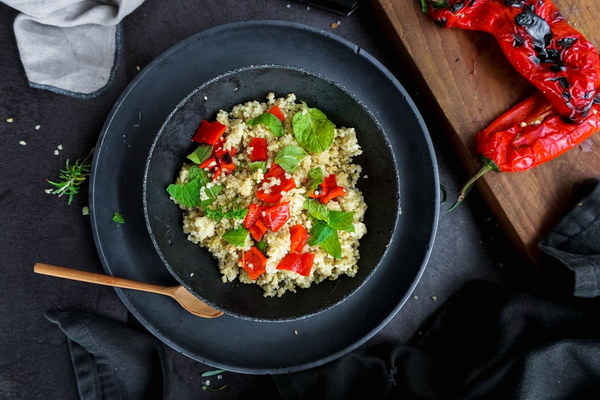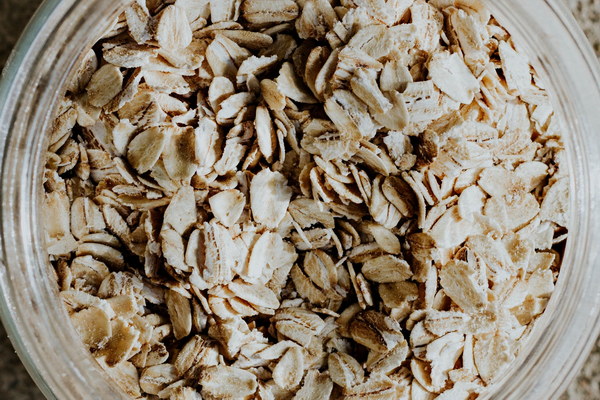Harmonizing Spleen and Stomach How Moxibustion Alleviates Dampness in Traditional Chinese Medicine
In the realm of Traditional Chinese Medicine (TCM), the concept of dampness is a prevalent factor that can lead to various health issues, particularly within the spleen and stomach. One effective method for addressing this imbalance is through moxibustion, a therapeutic technique that has been used for centuries. This article explores the role of moxibustion in alleviating dampness in the spleen and stomach, and how it contributes to overall well-being.

Dampness in TCM is characterized by an excess of fluid in the body, which can accumulate in various organs and tissues. When dampness invades the spleen and stomach, it can lead to symptoms such as bloating, fatigue, loose stools, and weight gain. Understanding the root cause of dampness is crucial in TCM, as it allows for targeted treatment to restore balance and harmony.
Moxibustion, derived from the ancient practice of moxa, involves burning dried mugwort (Artemisia vulgaris) near the skin to stimulate acupuncture points. The heat generated by the moxa helps to expel dampness and restore the normal flow of Qi (vital energy) within the body. This traditional technique has been shown to be effective in addressing dampness-related issues, particularly within the spleen and stomach.
One of the primary ways moxibustion alleviates dampness is by enhancing the spleen's function. The spleen plays a crucial role in transforming and transporting nutrients, which are essential for maintaining a healthy body. When the spleen becomes weakened by dampness, its ability to process and distribute nutrients is compromised, leading to a variety of symptoms. Moxibustion at specific points, such as Spleen 6 (SP 6) and Spleen 9 (SP 9), can strengthen the spleen's function, thereby reducing dampness and alleviating associated symptoms.
Another mechanism by which moxibustion combats dampness is by promoting the movement of Qi and blood. Stagnation of Qi and blood can contribute to the development of dampness within the spleen and stomach. By stimulating acupuncture points, moxibustion encourages the smooth flow of Qi and blood, which helps to eliminate dampness and restore balance.
In addition to its direct impact on the spleen and stomach, moxibustion can also address dampness-related issues in other parts of the body. For example, by targeting points such as Lung 7 (LU 7) and Liver 3 (LR 3), moxibustion can help to drain excess dampness from the lungs and liver, respectively. This comprehensive approach ensures that dampness is effectively addressed throughout the body.
It is important to note that moxibustion should be performed by a qualified practitioner to ensure safety and efficacy. A skilled practitioner will assess the individual's specific constitution and the extent of their dampness, and tailor the treatment accordingly. Additionally, moxibustion can be combined with other TCM practices, such as herbal medicine and dietary adjustments, to maximize its benefits.
In conclusion, moxibustion is a powerful tool in the TCM arsenal for addressing dampness in the spleen and stomach. By enhancing the spleen's function, promoting the movement of Qi and blood, and treating dampness-related issues throughout the body, moxibustion can lead to significant improvements in overall health and well-being. Embracing this traditional practice can provide a holistic approach to treating dampness, and contribute to a balanced and harmonious life.









